Researchers Uncover Inflammation Reducing Action in Many Essential Oils
For much of mankind’s history, people have used herbal treatments to reduce pain and inflammation in joints and muscles. The bark of the Willow tree has given us ‘the wonder drug’ for pain reduction, which actually occurs due to a reduction of inflammation. Now, many professional therapists lay-practitioners are turning to essential oils for inflammation reduction and pain relief. Essential oils provide a very simple means of reaping the anti-inflammatory, analgesic potential of natural medicine, as all one need do is put a few drops of essential oil into a base oil and massage in for quick, sometimes long-lasting relief.
A quick look at the current research available on pubmed.gov gives an extensive list of scientific publications confirming the anti-inflammatory action of essential oils. The oils used in today’s therapies have been carefully distilled to retain their medicinal potency. This means that they can have very complex natural chemical structures, and depending on the plant, a powerful inflammation-reducing action. Some obvious oils are distilled from plants that they themselves have long been used for this purpose — particularly Ginger and Turmeric. Carbon-dioxide distillations (a new, cold-process method of making essential oils) of both these plants have been included in patented inflammation-reducing formulas. These CO2 distillations are readily available for any practitioner to employ in their formulas.
Just published in the Journal of Lipid Research are the results of an investigation in Japan confirming the anti-inflammation activity in several essential oils. This confirms the therapeutic selections of several — not just any single — essential oil for reducing inflammation. The range of oils found to have anti-inflammatory activity was very broad, from thyme and clove, to rose, eucalyptus and even cold-pressed Bergamot; many of these oils the traditional therapist would not expect to display a significant effect. Also of interest was the notable absence in the research of what are considered some of the strongest anti-inflammation essential oils, namely Lavender, Helichrysum, German Chamomile and Ginger. This of course does not deny in any way the inflammation-reducing action of these oils; instead in bolsters their potential use by noting that even oils NOT considered the foremost inflammation reducers can have dramatic effects.
Further, some of the individual natural constituents of the essential oil were examined, and it was discovered that carvacrol had the strongest activity. Carvacrol is found in many essential oils, and is most often considered aromatherapy’s most potent anti-bacterial, and has been directly implicated in boosting immune system function in other scientific studies. There seems to be a link between inflammation reduction, immune system function and longevity (the inflammation reducing power of the essential oils studied was compared to red-wine extract, implicated in potentially extending lifespan). The study did not go so far as to elucidate the actual mechanism of reducing inflammation, but it would not be suprising if this activity were a factor — carvacrol, as well as thymol — the other major component of Thyme essential oil — are well-known antioxidants.
Many people find relief from painful muscles and joints through the daily self-massage with a pre-made or home-made aromatherapy massage formula. You can find many on the market with high-grade essential oils that can help, or you may be interested in making your own custom recipe. These formulas typically contain a concentration of 2 to 5 percent essential oils in a carrier oil (like Hazelnut or Sesame). Each one percent is made by adding eight drops of an essential oil to one ounce of carrier oil. Thus, a three percent concentration would be twenty-four drops essential oil in each ounce of carrier. An excellent example of an anti-inflammatory blend would be one percent German Chamomile, two percent Helichrysum Italicum and two percent Lavender. A little research can help you find the oils that will work best for you.
Do you use essential oils? Tell me about how you use your favorite oils below in the comment section.

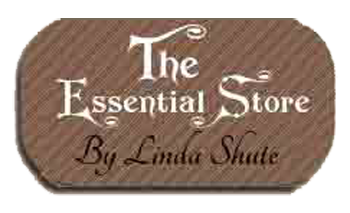


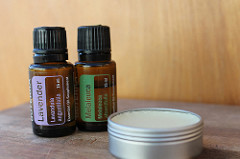
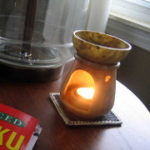
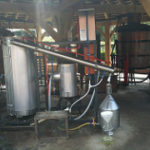
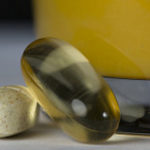


Leave a reply